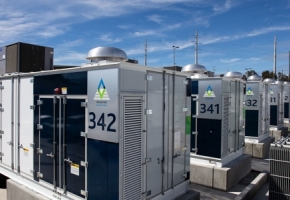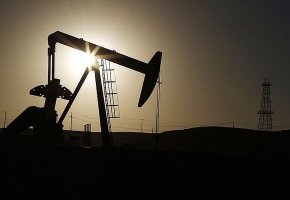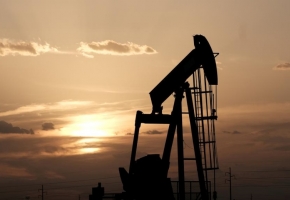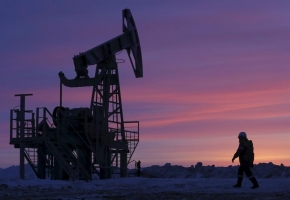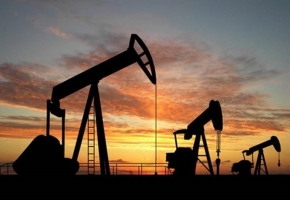Could a cutting-edge technology solve our energy storage challenge?

There is a riddle at the heart of the renewable energy revolution. When the wind blows, the sun shines, and the waves roll, there is abundant green power to be generated. But when skies darken and conditions are calm, what do we do?
The answer, today, is to ramp up conventional power production, supplying the grid by burning fossil fuels. It is a 20th Century solution to a 21st Century problem – one that sits in sharp contrast with plans for carbon neutrality.
Now there are energy experts placing their bets not on chemistry, but the limitless force that surrounds us all: gravity.
"What goes up, must come down" – this is the immutable Newtonian logic underpinning gravity batteries. This new field of energy storage technology is remarkably simple in principle. When green energy is plentiful, use it to haul a colossal weight to a predetermined height. When renewables are limited, release the load, powering a generator with the downward gravitational pull.
Gravitricity, an Edinburgh-based green engineering start-up, is working to make this a reality. In April last year, the group successfully trialled its first gravity battery prototype: a 15m steel tower suspending a 50 tonne iron weight. Inch-by-inch, electric motors hoisted the massive metal box skyward before gradually releasing it back to earth, powering a series of electric generators with the downward drag.
The system is also designed so that individual components can be easily replaced instead of replacing the entire system throughout its lifetime. So there's real scope for having a decades-long operational life.
While the Gravitricity prototype pointed upward, the company's focus is now below ground. Engineers have spent the last year scoping out decommissioned coal mines in Britain, Eastern Europe, South Africa, and Chile. The rationale is pretty straightforward: "Why build towers when we can use the geology of the earth to hold up our weights?"
Source: BBC
Image: BBC/Energy Vault
